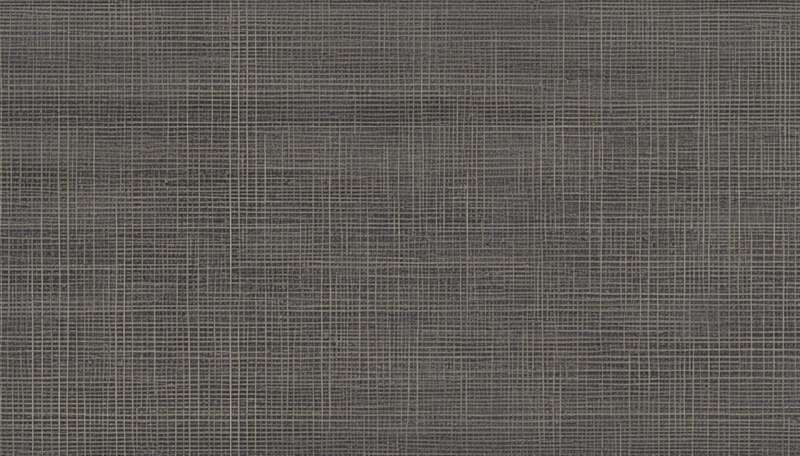With seemingly endless data storage at our fingertips, 'digital hoarding' could be an increasing problem

As data storage has become more accessible than ever, the amount of digital "stuff" we all have stashed away is on the rise, too—for many of us, it's becoming more unwieldy by the day.
In a recent paper published in the journal Information & Management, we have investigated a rising phenomenon called "digital hoarding"—the need to acquire and hold onto digital content without an intended purpose.
The way we interact with digital content through easily available smartphones, social media and messaging apps only exacerbates the behavior. Social media platforms especially encourage us to hoard, as our emotions get entangled with the digital contents we share with others, such as photos with lots of shares or likes.
If it can take up to 25 or more selfies before seeing a "winner," the sheer volume of content creation raises an important question: how do we plan to manage this morass of data?
Taking clutter into the digital era
Hoarding is defined as a persistent difficulty in discarding one's possessions, and can be either a disorder on its own, or a symptom of another mental health issue such as obsessive-compulsive disorder.
A person with hoarding disorder experiences distress at the thought of getting rid of the items. They end up with an excessive accumulation of stuff in their home, regardless of actual value.
We propose that digital hoarding happens when an individual constantly acquires digital content, feels difficulty in discarding it, and accumulates digital content without an intended purpose.
Digital hoarding can quickly spiral out of control, too—perhaps even more quickly than in the physical world, due to several reasons.
First, the digital hoarder is less likely to notice the space limitations in the digital world. While the boundaries of a physical space are clear, such boundaries are less prominent in digital spaces. Second, hoarding of physical objects happens in fixed boundaries, while digital spaces are "expandable"—you can get additional digital storage with minimum effort at very little or zero cost.
Third, to hoard physical items, a person needs to expend some effort, such as purchasing them. By contrast, most digital contents are either self-created, free, or available on a subscription basis. Fourth, compared with physical stuff, digital contents can be multiplied (for example, by making copies) with very minimal effort.
Overall, having various formats of digital content, an endless capacity to expand storage, increasing emotional attachment, and the lack of a sophisticated retrieval system may all make an individual nervous to delete this digital content—showing the potential signs of digital hoarding.

Defining digital hoarding
We define digital hoarding based on these three criteria: constant acquisition of digital contents, discarding difficulty, and a propensity for digital content clutter.
Constant acquisition refers to the constant gathering of digital content, without much consideration of its value, purpose or utility. With most communications taking place electronically, we tend to keep any and all digital content without discrimination—just in case! This includes emails, images, videos, bills and receipts.
In our research sample, some people had gathered more than 40 terabytes (TB) of digital content over time. Acquisition refers not just to photos you have in storage devices, for instance, but also ones uploaded to social media.
Difficulty of discarding digital content is the second characteristic of digital hoarding. Think about the last time you meticulously deleted old emails, for example. Theoretically, an individual with compulsive hoarding disorder tends to place high value on the contents they have, and as a result, they feel great difficulty discarding them.
Clutter propensity is the third characteristic of digital hoarding. It refers to how abundant digital contents, often unrelated, are stored in a disordered fashion.
As most digital contents can be stored in any digital device, individuals tend to save such content without much organization and think they can sort it out later. This often leads to a feeling of being disorganized and cluttered in digital spaces.
What can you do to curb digital hoarding?
In our survey of 846 respondents representing the general population, we found that digital hoarding can lead to higher levels of anxiety. Statistically, 37% of one's total level of anxiety, measured using an established depression, anxiety, and stress scale, was explained by digital hoarding.
Our research also showed females are 27% more likely to feel the negative impacts of digital hoarding, compared with their male counterparts.
Not surprisingly, the number of data storage devices someone owned worsened the impact of digital hoarding. For example, if someone owns multiple hard drives or cloud storage, digital hoarding impacts can increase.
In the modern world, it is inevitable that digital content plays an important role in our lives. Therefore, the potential of serious mental health impacts from digital hoarding is a real possibility.
- If you think you're holding onto too much digital content, here are some tips:
- consider doing a "spring clean" every year, and schedule a time to spring clean your digital footprint
- reduce unnecessary digital content
- come up with simple mechanisms to organize your files, emails, pictures and videos
- reassess the importance of many social networks, including groups in many communication apps, and retain only those essential to you.
However, if you find these issues particularly difficult or confronting, consider speaking to your doctor or a mental health specialist.
More information: Darshana Sedera et al, Modern-day hoarding: A model for understanding and measuring digital hoarding, Information & Management (2022). DOI: 10.1016/j.im.2022.103700
This article is republished from The Conversation under a Creative Commons license. Read the original article.![]()




















